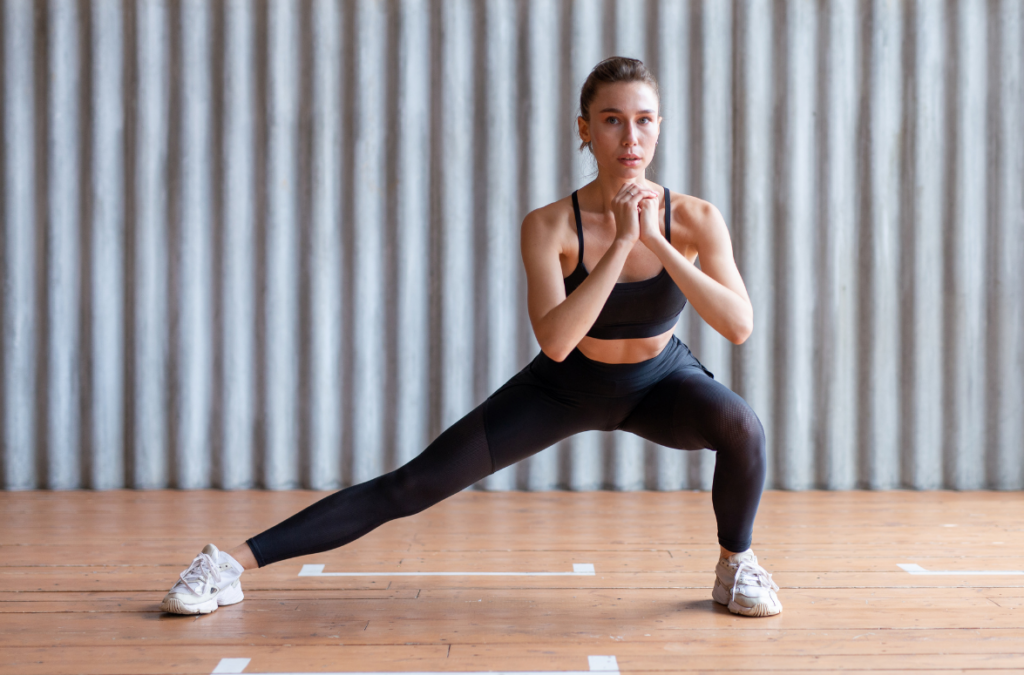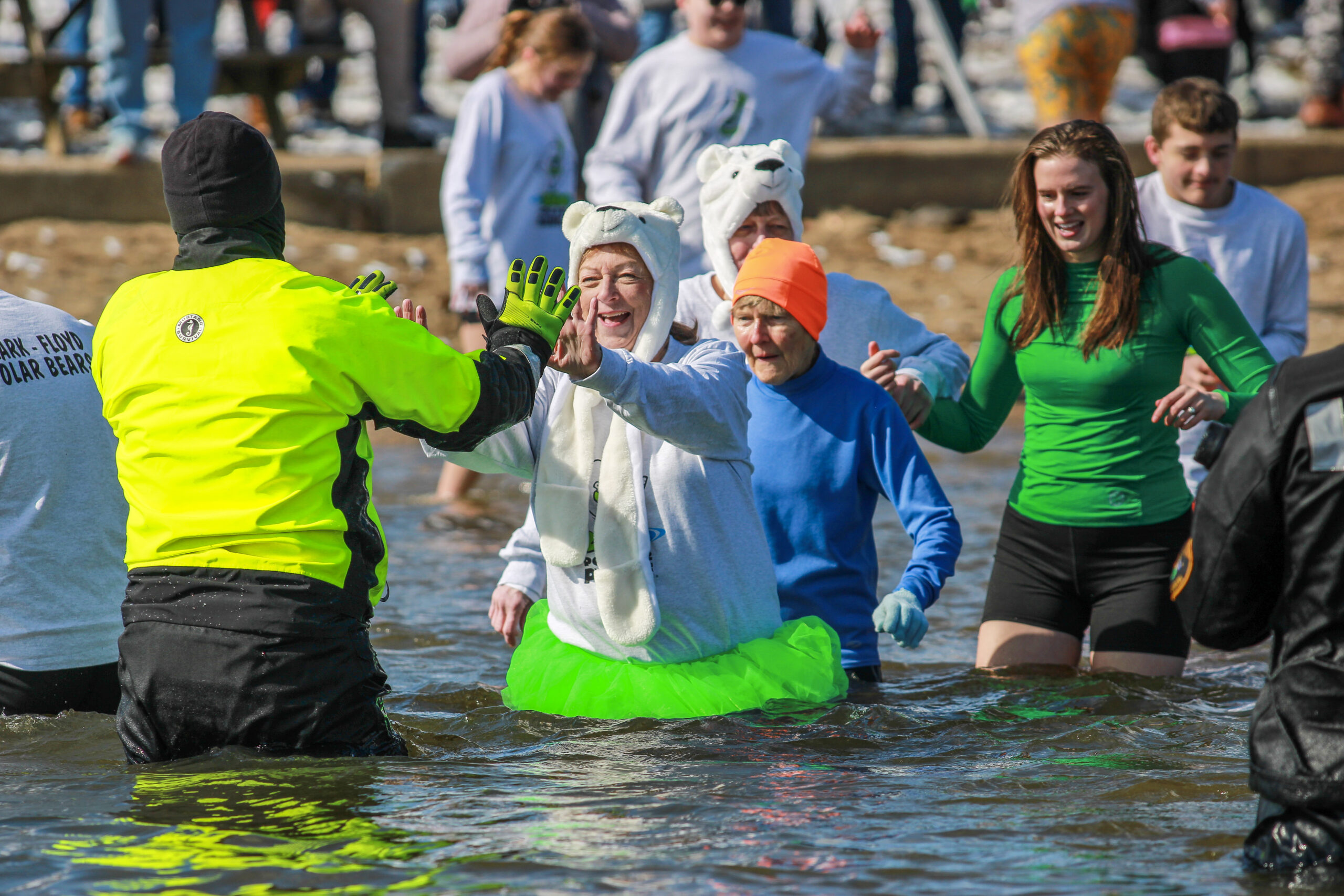The Benefits of Agility Training for Health and Fitness

But the benefits of agility training go way beyond sports performance. They can significantly enhance overall health and fitness for individuals of all ages.
By focusing on quick, controlled movements and improving coordination, agility training offers numerous physical and cognitive benefits that can be easily integrated into a home workout routine.
Enhanced physical fitness
- Improved balance and coordination. One of the most significant benefits of agility training is improved balance and coordination. As people age, balance often declines, increasing the risk of falls and injuries. Agility exercises help strengthen stabilizing muscles and enhance proprioception – the awareness of a body’s position in space. A study published in the Journal of Aging and Physical Activity showed that older adults who engage in balance and agility training experience fewer falls and related injuries (Chung et al., 2019).
- Increased cardiovascular fitness. Agility workouts can serve as excellent cardiovascular exercise. Quick movements and directional changes elevate heart rate, providing a heart-pumping workout that boosts aerobic capacity. This combination of strength and cardio training helps improve endurance and overall heart health, contributing to a more efficient metabolic rate and reduced risk of chronic diseases (Hvolby, 2016).
- Enhanced muscular strength. Agility drills often involve multi-directional movements that engage various muscle groups, enhancing overall strength. The continuous start-stop motion involved in agility exercises strengthens key muscle groups, aiding in functional fitness – essential for performing everyday tasks effectively.
- Cognitive benefits. Agility training isn’t just a physical workout. It also challenges the brain. Quick decision-making and reaction-time drills engage cognitive functions, enhancing mental sharpness. A study from the Journal of Neuroengineering and Rehabilitation found that combining agility exercises with cognitive tasks improve both physical and mental performance in older adults (Platz et al., 2018).
Agility drills you can do at home
Incorporating agility training into a routine doesn’t require a gym membership or specialized equipment. Here are three effective agility drills to do at home:
- Lateral shuffles. Stand with feet shoulderwidth apart. Bend slightly at the knees, then push off laterally with one foot, quickly resetting position before shuffling the other way. Continue for 30 to 60 seconds. This drill enhances lateral movement skills, crucial for maintaining balance.
- Cone drills. Set up a few objects – such as water bottles or shoes – in a straight line about 3 to 5 feet apart. Sprint toward one object, then quickly change direction, weaving through them. Aim to develop a drill that takes one to two minutes. It develops speed, agility and coordination.
- Tuck jumps. Stand with feet shoulderwidth apart. Jump as high as possible, bringing knees toward the chest, then land softly. Perform eight to 10 repetitions. This drill increases explosiveness and overall lower body strength, enhancing athletic performance.
Agility training offers a functional approach to fitness that encompasses physical strength, cardiovascular endurance, balance and mental acuity. By incorporating simple yet effective agility drills into a workout routine, the exercises also improve overall health and fitness. Whether a seasoned athlete or a casual exerciser, it is never too late to start enhancing agility and reaping the rewards for long-term well-being.
References
- Chung, J., Hwang, H., & Jeong, C. (2019). The Effects of Balance Training on Balance and Fall Risk in Older Adults: A Meta-analysis. Journal of Aging and Physical Activity.
- Hvolby, A. (2016). The Role of Agility Training in Cardiovascular Health. International Journal of Sports Medicine.
- Platz, T., Kopietz, R., & Hülsmann, J. (2018). Combining Cognitive Tasks with Physical Training in Older Adults: A Randomized Controlled Trial. Journal of Neuroengineering and Rehabilitation.
